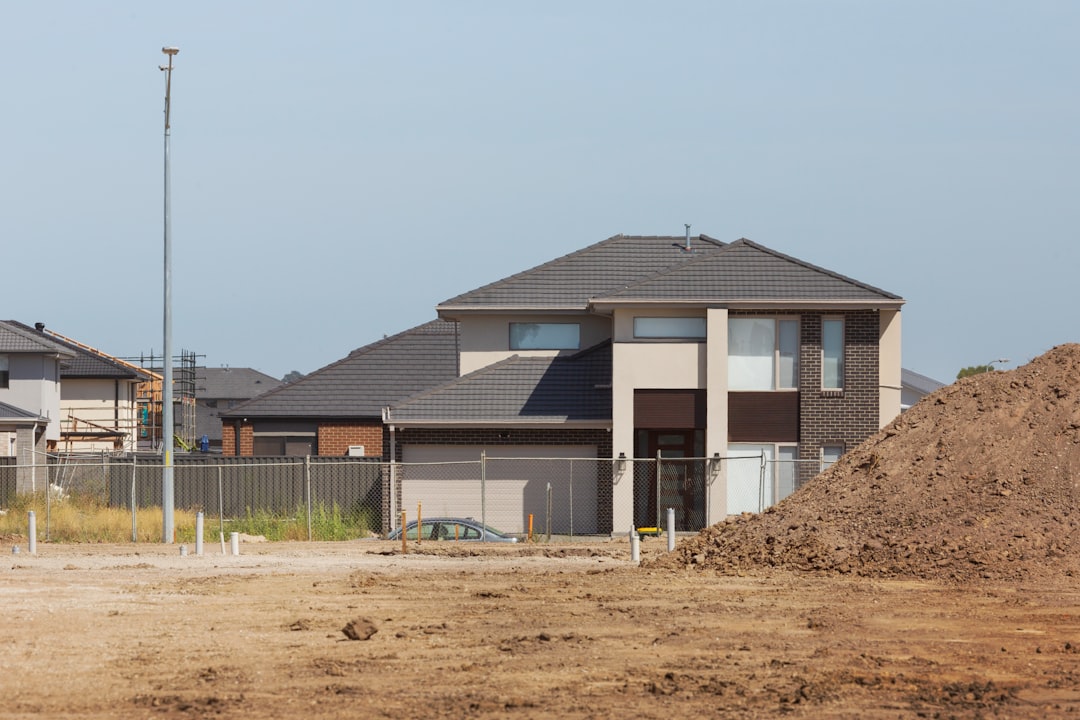Understanding Land Grading Cost per Acre in Residential Construction
Land grading is a crucial step in residential construction, setting the foundation for all subsequent work. For construction professionals, understanding the cost per acre is essential. Current estimates show that land grading costs range from $4,000 to over $15,000 per acre, depending on various factors. This guide explores these factors and offers insights into managing costs effectively.
Key Factors Influencing Land Grading Costs
Several elements impact the cost of land grading:
- Topography: Gentle slopes require less work, while steep areas need extensive earthmoving.
- Soil Type: Sandy soils are easier to grade than rocky or clay soils, which require more labor and machinery.
- Access: Urban lots may limit equipment size, increasing costs.
- Drainage Requirements: Installing drainage systems can add to the overall cost.
- Tree and Stump Removal: Heavily wooded areas can significantly increase expenses.
- Import/Export of Fill: Transporting materials affects costs.
Typical Cost Breakdown
CountBricks provides detailed estimates, breaking down costs into categories:
- Mobilization and site prep – 5-10%
- Cut and fill earthwork – 45-60%
- Compaction and soil stabilization – 10-15%
- Drainage features – 5-20%
- Finish grading and erosion control – 10-15%
Regional Pricing Variations
Costs vary by region. For instance, in San Antonio, dozer time is around $185 per hour, while coastal areas may see $225 due to different conditions. CountBricks ensures accurate pricing by using local data.
How CountBricks AI Enhances Bidding
Our AI tools streamline the bidding process:
- Voice-driven scope capture for easy data entry.
- Automated blueprint takeoffs for quick calculations.
- Real-time syncing with soil reports for accuracy.
- Instant quote generation for professional proposals.
Cost-Saving Tips from CountBricks
Here are some strategies to reduce costs:
- Combine clearing and grading to save on equipment charges.
- Reuse onsite materials when possible.
- Sequence utility trenching to avoid rework.
- Plan early for erosion control to secure discounts.
- Use CountBricks for value-engineering reviews.
When to Budget Above Average
Projects on steep hillsides or in flood zones may exceed average costs. Adding a 25-40% contingency can help manage unexpected expenses.
Comparing Manual Bids to Automated Estimates
Manual estimates can miss details that CountBricks captures with precision, preventing costly overruns.
Get Your Free Estimate
Visit CountBricks.com to upload your site plan and receive a detailed estimate.
The Bottom Line
Accurate land grading costs are vital for successful projects. CountBricks provides the data and tools needed to keep projects on budget and on schedule.
Case Study: Reducing Grading Costs by 28% on a Custom Home Lot
A builder in San Antonio faced a $26,000 grading estimate for a sloped lot. Using CountBricks, they reduced costs to $18,700 by optimizing cut and fill, saving on equipment fees, and improving drainage design. This case study highlights the benefits of using data-driven tools for cost management.
Why CountBricks Delivered Better Results
- Accurate volume calculations eliminate guesswork.
- Live pricing reflects current market conditions.
- Real-time collaboration allows for cost-effective decisions.
Next Steps for Builders
- Explore more success stories at CountBricks.com.
- Schedule a consultation to compare manual and AI pricing.
- Integrate CountBricks estimates into your workflow for seamless billing.
CountBricks transforms terrain data into actionable insights, giving contractors a competitive edge.

